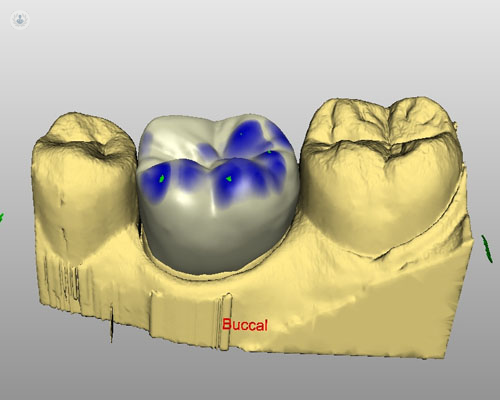Smile design
What is smile design?
Smile design uses computer technology in the design and manufacture of dental prosthetics. It is a computer-controlled treatment that can also be used for implant diagnosis and surgery, which makes it minimally invasive.
Using software, the dentist can plan and create custom-made dental braces with better quality materials, allowing for lower production costs and shorter manufacturing times. In terms of surgery, the technology allows for better planning, through simulation of the operation and prediction of the results of the intervention before it is performed. One of the advantages of smile design is that it allows the fabrication of better quality, more precise prosthetics.

Why have smile design?
Smile design software is used to design and fabricate highly accurate dental prosthetics, thus reducing the potential for human error. This procedure further ensures the success of the implant, by preventing mismatches and errors. The system can be used to create crowns, bridges, inlays, onlays, veneers, copies of wax-ups, wax-up bridges, implants and other orthodontic devices.
What does smile design involve?
The smile design technique is carried out in three stages:
- The first stage consists of digitising the parts to be restored using a laser.
- In the second stage, a computer graphic design of the structure of the prosthesis is created using three-dimensional software.
- In the final stage the prosthesis is manufactured in a short time, based on the information obtained from scanning.
Preparing for smile design
The teeth must be completely clean, so patients must undergo a professional cleaning before they can be scanned. You must also maintain good dental hygiene, using proper brushing and flossing techniques.
Post-treatment care
To maintain the results of the treatment, it is important to follow good dental hygiene practices by brushing and flossing after every meal. You should also have regular check-ups with the dentist, and have dental cleaning done to ensure the durability of the treatment.

















